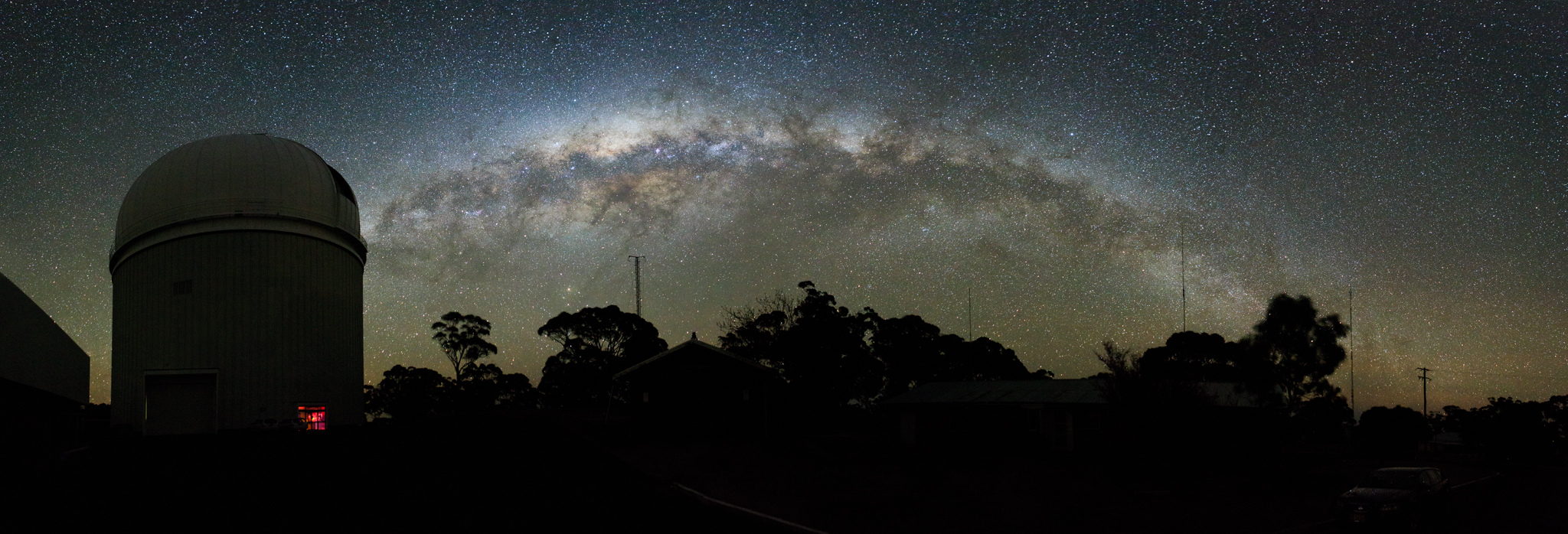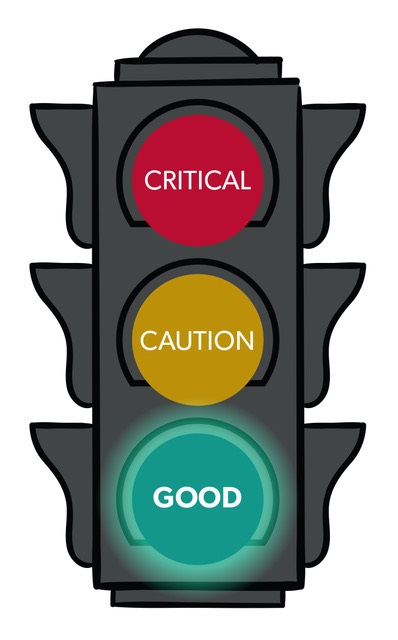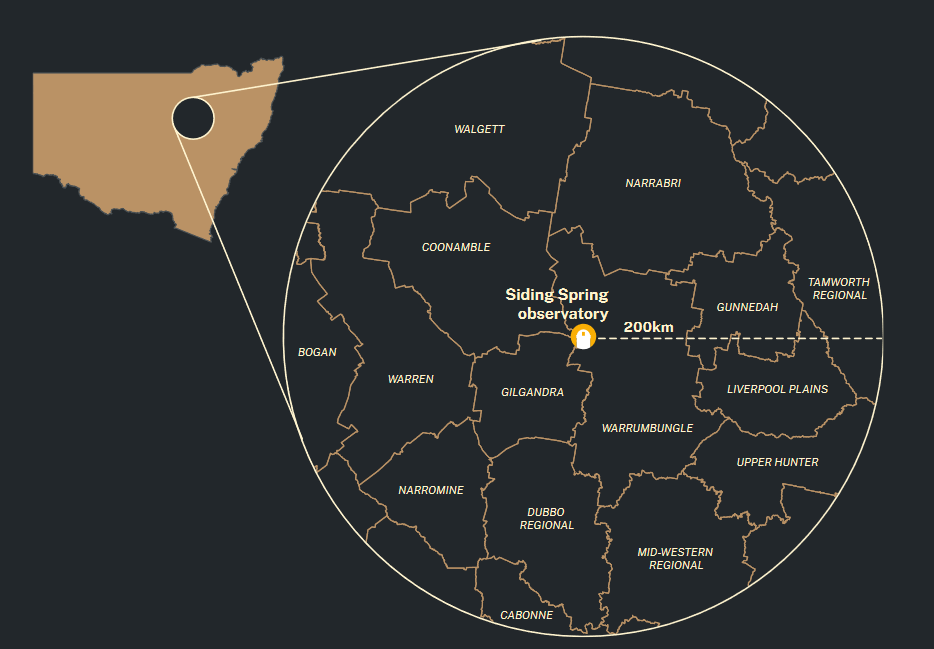
Warrumbungle International Dark Sky Park
Siding Spring Observatory is a proud supporter and neighbour of the Warrumbungle National Park - designated in 2016 as Australia's first International Dark Sky Park by the International Dark-Sky Association (IDA). Now, in 2018, the park boundary has been expanded to include Siding Spring Observatory.
 Current Status: GREEN |
An IDA International Dark Sky Park (IDSP) is a land possessing an exceptional or distinguished quality of starry nights and a nocturnal environment that is specifically protected for its scientific, natural, educational, cultural heritage, and/or public enjoyment. The Gold Tier status of the site acknowledges the Warrumbungle National Park's pristine skies and reputation as an outstanding place to view the stars unfettered by the light pollution that affects Australia's cities. Warrumbungle National Park joins other international parks such as Death Valley National Park in the United States and Galloway Forest Park in Scotland as officially designated Dark Sky Parks. To protect the Observatory at Siding Spring from the cumulative impact of light, a critical light threshold has been determined. This is a measure of the maximum tolerable level of lighting in which astronomical observations can be made. The critical threshold is regularly monitored and used to guide assessment of cumulative impacts of artificial lighting associated with development. |
The traffic light indicates the current light pollution conditions at Siding Spring Observatory as observed at zenith (immediately overhead).
- Green indicates a sky free from light pollution.
- Orange indicates that light pollution is starting to affect the quality of our night sky and some research at Siding Spring Observatory might be affected.
- Red indicates that light pollution has reached a level at which we risk losing our Dark Sky Park and/or Siding Spring Observatory is restricted in the research it can undertake.
For more information please visit Warrumbungle National Park NPWS Webpage.
Dark Sky Planning Guidelines
One of the most important observatories in the world is Siding Spring Observatory in Coonabarabran, NSW. It is one of the few light observatories in the world that can observe the whole southern-hemisphere sky.
The observatory's work is crucial in understanding the universe and how to protect our planet's fragile environment. For the telescopes at Siding Spring Observatory to work, the night sky must be dark and free from light pollution.
The Dark Sky Planning Guidelines can be found here Dark Sky Planning Guidelines

The Department of Planning and Environment worked with the observatory to develop the Dark Sky Planning Guideline. The guideline:
 |